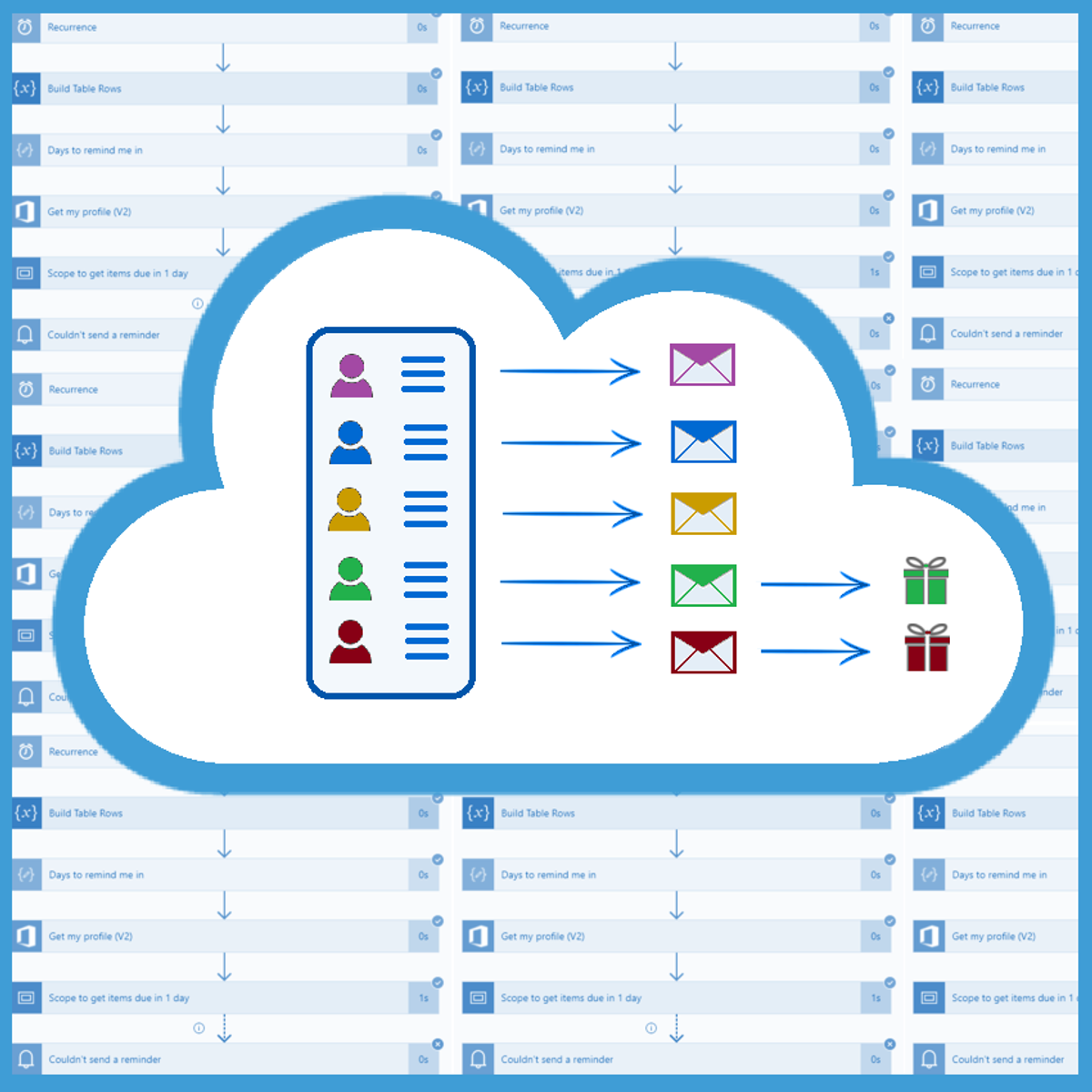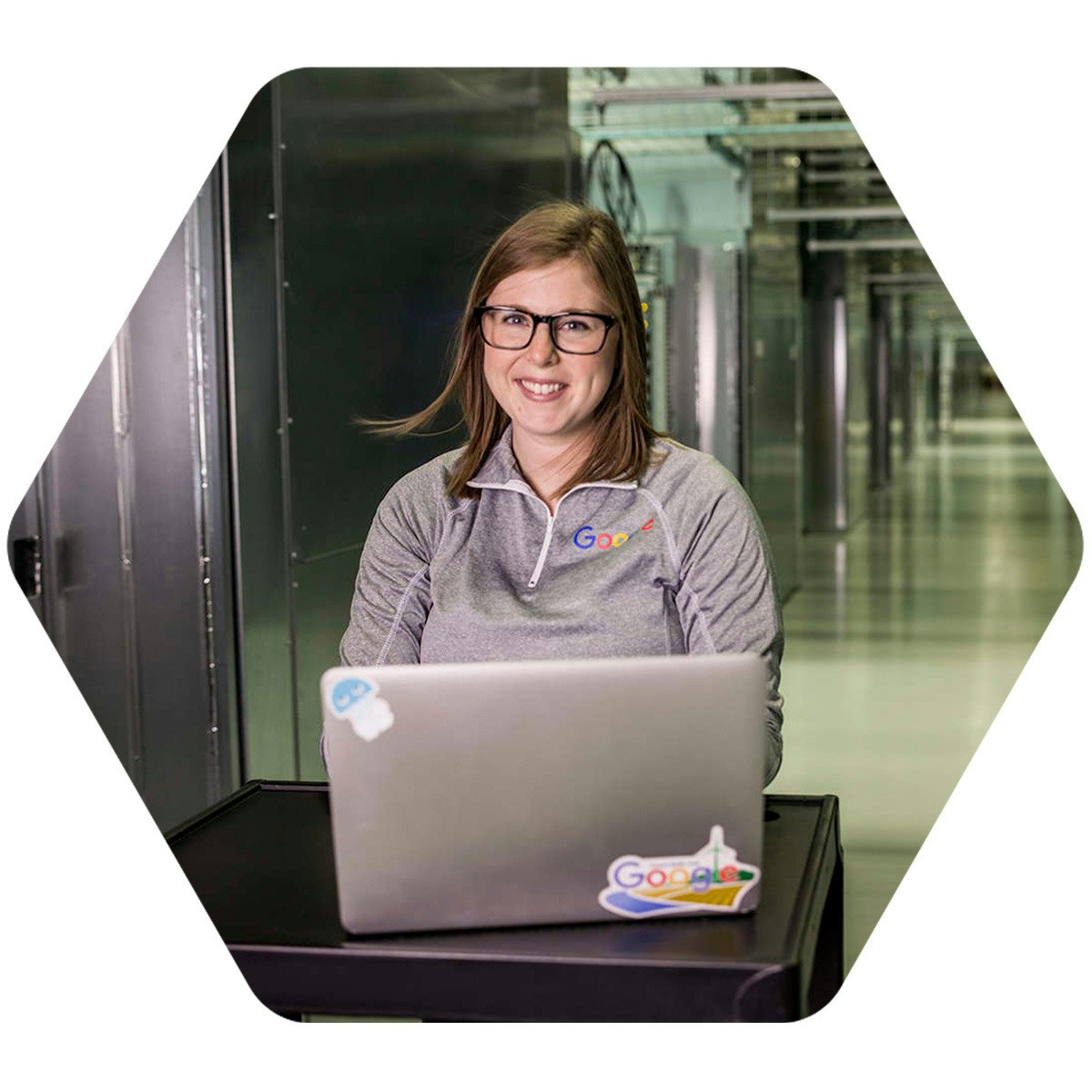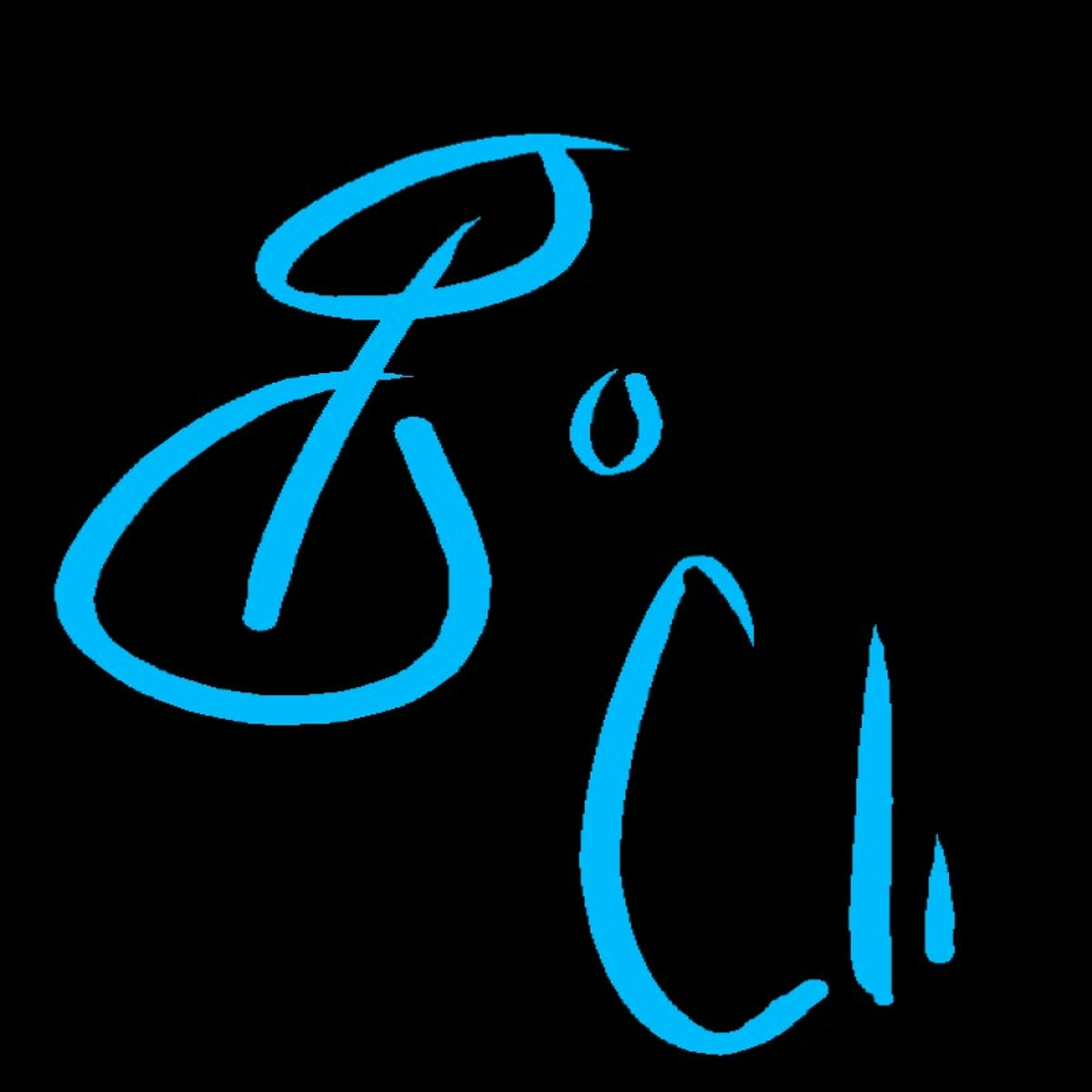Back to Courses









Cloud Computing Courses - Page 25
Showing results 241-250 of 930

De-identifying DICOM Data with the Healthcare API
This is a self-paced lab that takes place in the Google Cloud console. Use the de-identification functionality of Cloud Healthcare API with the Digital Imaging and Communications in Medicine (DICOM) data model.

Programming in Python
In this course, you will be introduced to foundational programming skills with basic Python Syntax. You’ll learn how to use code to solve problems. You’ll dive deep into the Python ecosystem and learn popular modules, libraries and tools for Python.
You’ll also get hands-on with objects, classes and methods in Python, and utilize variables, data types, control flow and loops, functions and data structures. You’ll learn how to recognize and handle errors and you’ll write unit tests for your Python code and practice test-driven development.
By the end of this course, you will be able to:
• Prepare your computer system for Python programming
• Show understanding of Python syntax and how to control the flow of code
• Demonstrate knowledge of how to handle errors and exceptions
• Explain object-oriented programming and the major concepts associated with it
• Explain the importance of testing in Python, and when to apply particular methods
This is a beginner course for learners who would like to prepare themselves for a career in back-end development or database engineering. To succeed in this course, you do not need prior web development experience, only basic internet navigation skills and an eagerness to get started with coding.

Bigtable: Qwik Start - Hbase Shell
This is a self-paced lab that takes place in the Google Cloud console. This hands-on lab will show you how to use the HBase shell to connect to a Cloud Bigtable instance. Watch the short video Bigtable: Qwik Start - Qwiklabs Preview.

Automize Business Communication using Power Automate
Imagine you're organizing a fundraising event. After the event, it is necessary to send thank-you notes to donors, but donations are hard to track since they arrive before, during and after the event, and manually sending emails to each donor would take too long.
Thankfully, such manual and repetitive business processes are easy to automate, and this guided project, “Automize Business Communication using Power Automate” is for any business professional who is looking to automate any similar business task.
With Power Automate, you will create a flow that can be triggered every time someone makes a donation. When you press Run, the flow will display a form with certain fields that have to be populated, such as name, e-mail, address, donation amount (or any other information we need about the donor). When the event ends, we will have a list of all the people who made donations in an Excel table. Then you will make another flow that will send thank-you notes to each donor on the list. After that, the flow will single out the people who donated the largest amounts and forward that list to the manager who can then send them a special thank-you note or a small gift.
The requirement for taking this project is to have a free Microsoft account, but if you don’t have it, you can create one in just a few clicks (notes on how-to are included in this project). Since this project uses Power Automate (part of the Microsoft Power Platform), you will also need access to a free Microsoft 365 Developer Program subscription. In the first task you will be given instructions on how to sign up for it!
Anyone can learn to use Power Automate regardless of their educational background! If you would like to make your life easier by automating manual, time-consuming business tasks which are hard to track, then this project is for you! Let's get started!

Scanning User-generated Content Using the Cloud Video Intelligence and Cloud Vision APIs
This is a self-paced lab that takes place in the Google Cloud console.
This lab will show you how to deploy a set of Cloud Functions in order to process images and videos with the Cloud Vision API and Cloud Video Intelligence API.

Google Apps Script: Access Google Sheets, Maps & Gmail in 4 Lines of Code
This is a Google Cloud Self-Paced Lab. In this lab, we'll introduce you to one of the easiest ways to write code that accesses Google developer technologies, all by leveraging one of the mainstream web development languages, JavaScript.

Essential Google Cloud Infrastructure: Core Services
This accelerated on-demand course introduces participants to the comprehensive and flexible infrastructure and platform services provided by Google Cloud with a focus on Compute Engine. Through a combination of video lectures, demos, and hands-on labs, participants explore and deploy solution elements, including infrastructure components such as networks, systems and applications services. This course also covers deploying practical solutions including customer-supplied encryption keys, security and access management, quotas and billing, and resource monitoring.

Cloud Tasks with Cloud Run
This is a self-paced lab that takes place in the Google Cloud console. This lab is based on the Serverless Toolbox episode “Code for: Don't make users wait: async queues with Cloud Run and Cloud Tasks”. In this lab you will learn how Cloud Tasks can be used with Cloud Run.

Command Line Interface (CLI) With Golang From Infosys
Do you know how Command Line Interfaces can connect to cloud services at your company? Do you want to be the creator of this connection and even, this tool?
Then this Guided Project is for you!
“Command Line Interface using Golang“ is an hour long Guided Project, where by the end, you will have built a Command Line Interface for a Cloud Provider using Go lang.
Go programs are frequently used in the IT industry for building software tools for software vendors.
This project is perfect for advanced programmers who are looking to enhance their Go Lang skills.
More specifically, you will use Go Lang to build your very own Command Line Interface for a private cloud, hosted by a large company.
Brought to you by Infosys, a global leader in next-generation digital services and consulting, this project is created by their very own technical educator, who has designed various training programs around programming languages, including Go.
Ready, set, GO!

Using BigQuery and Cloud Logging to Analyze BigQuery Usage
This is a self-paced lab that takes place in the Google Cloud console. In this lab you view the BigQuery logs inside Cloud Logging, set up a sink to export them back into BigQuery, and then use SQL to analyze the logs.
Popular Internships and Jobs by Categories
Find Jobs & Internships
Browse
© 2024 BoostGrad | All rights reserved